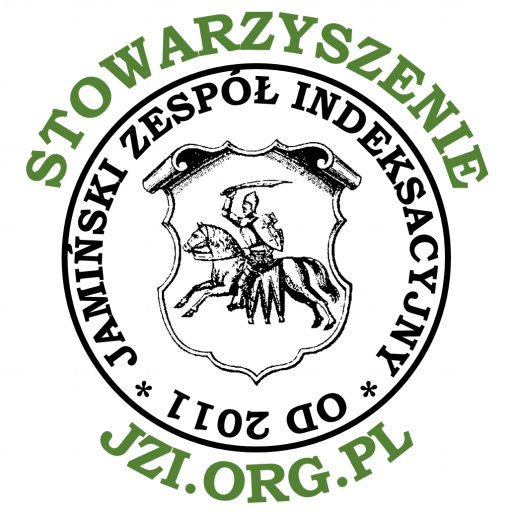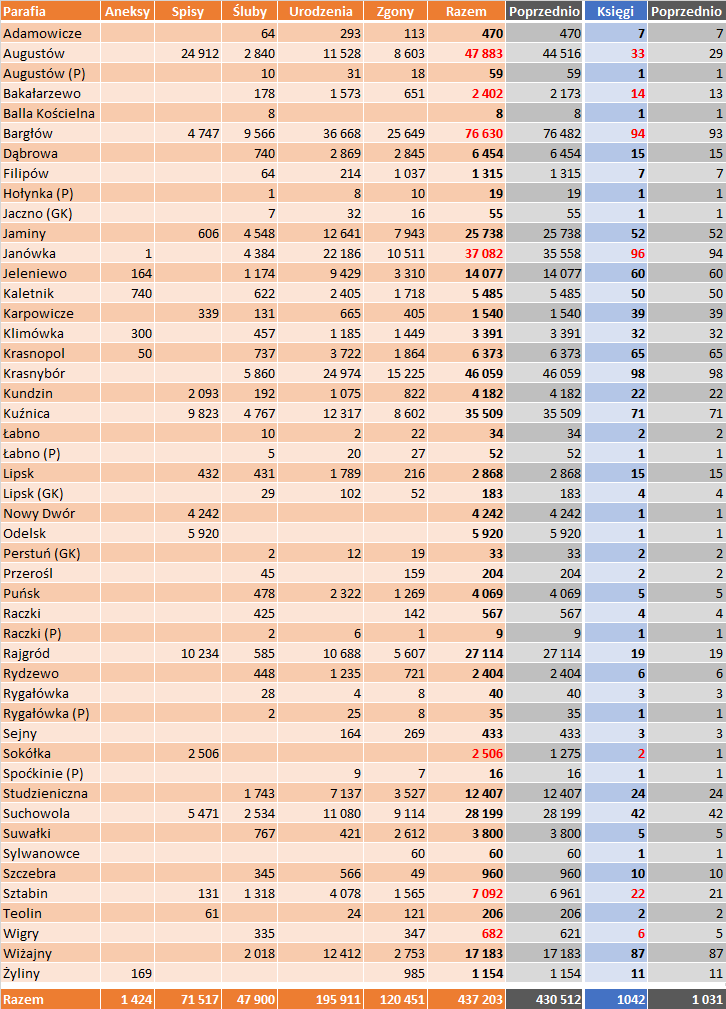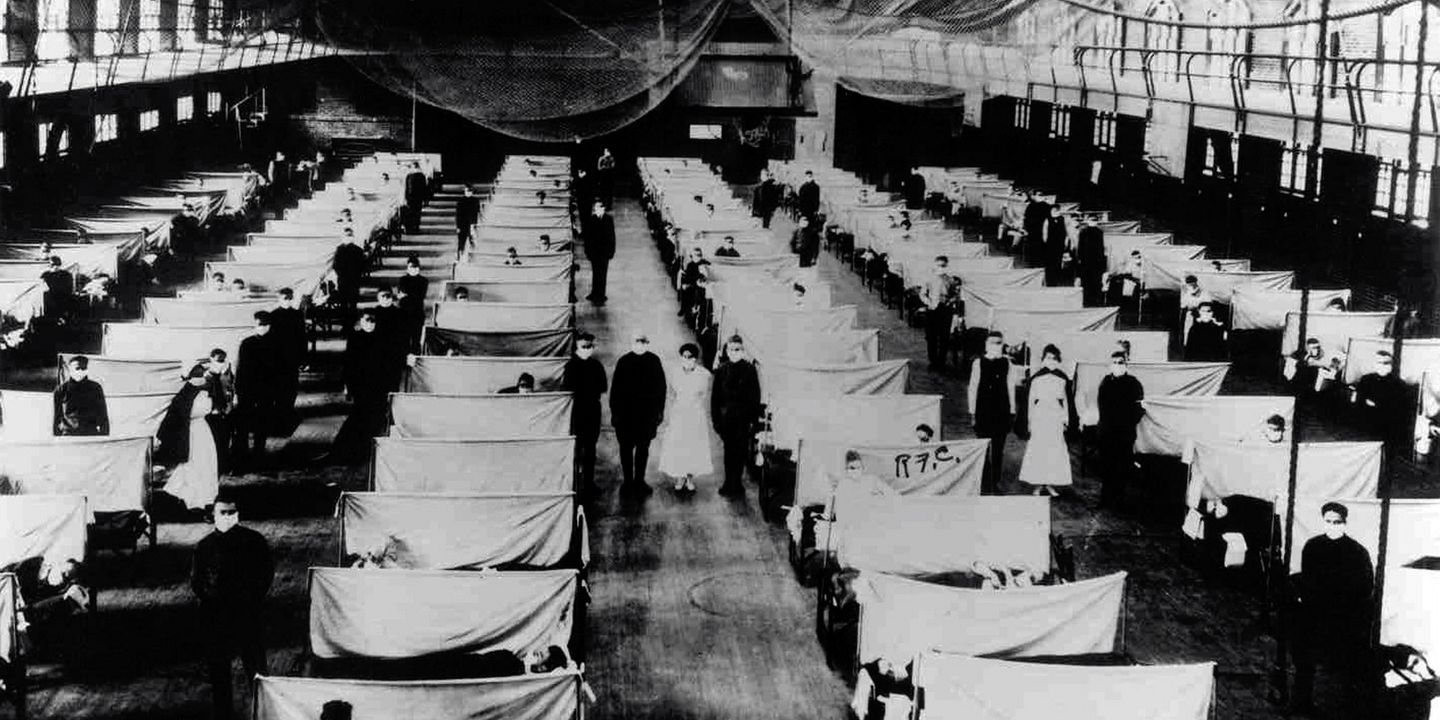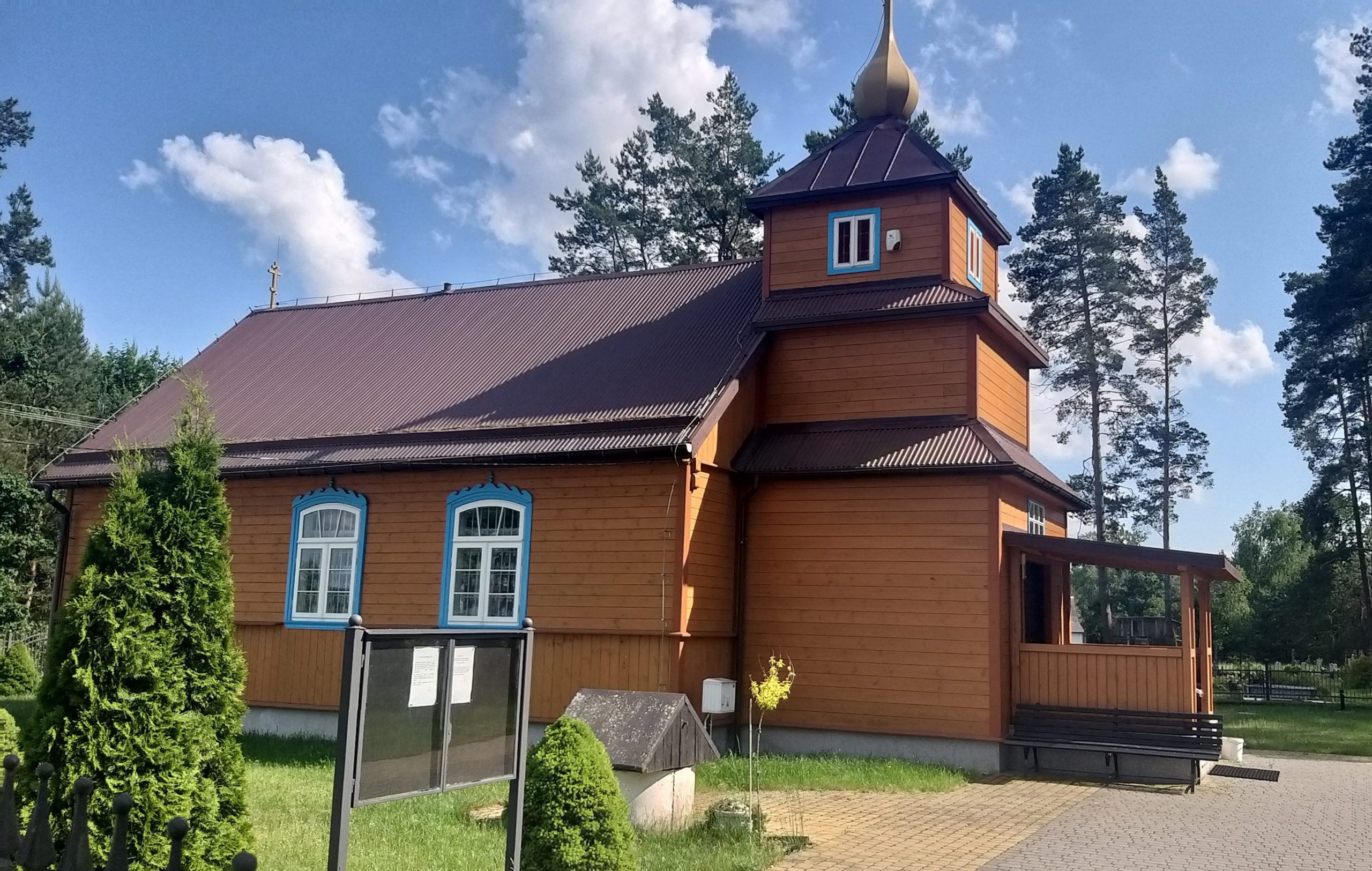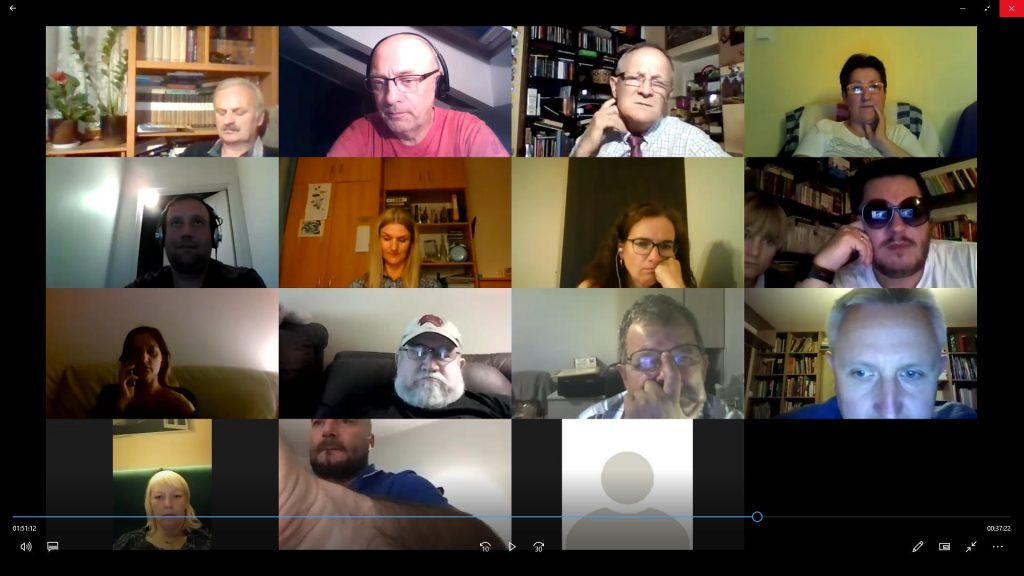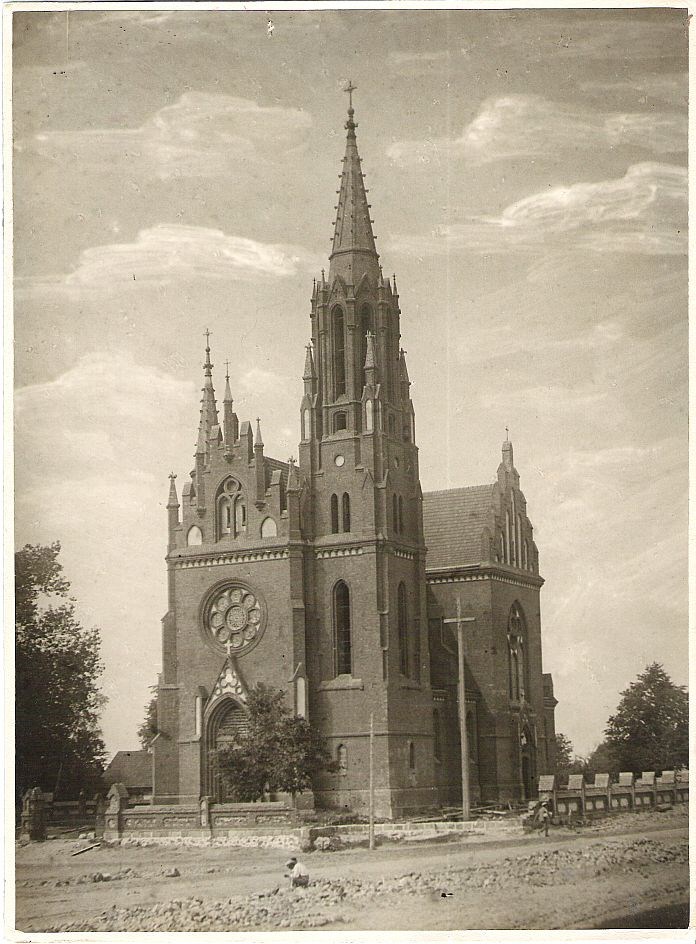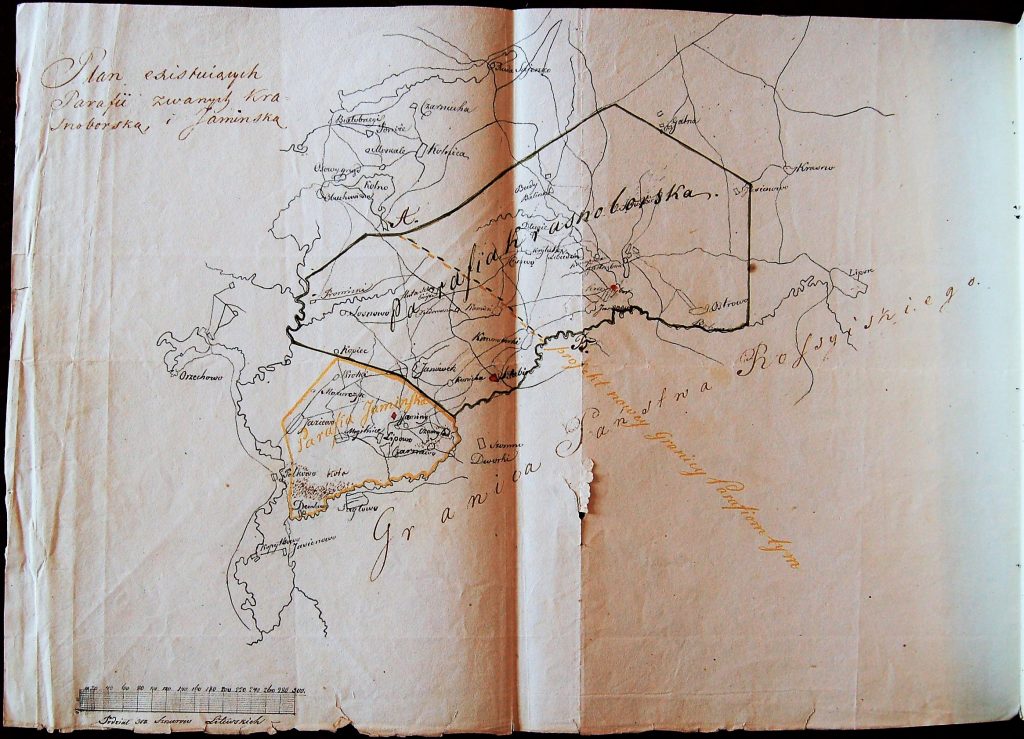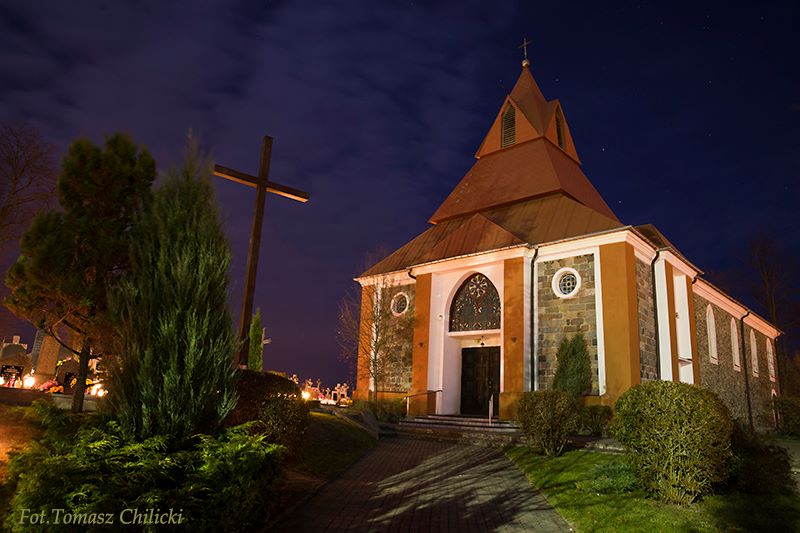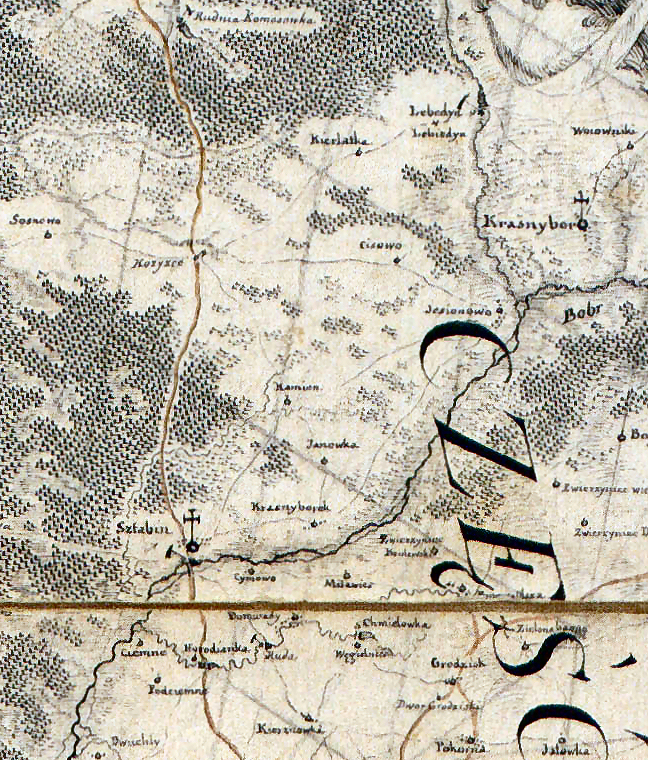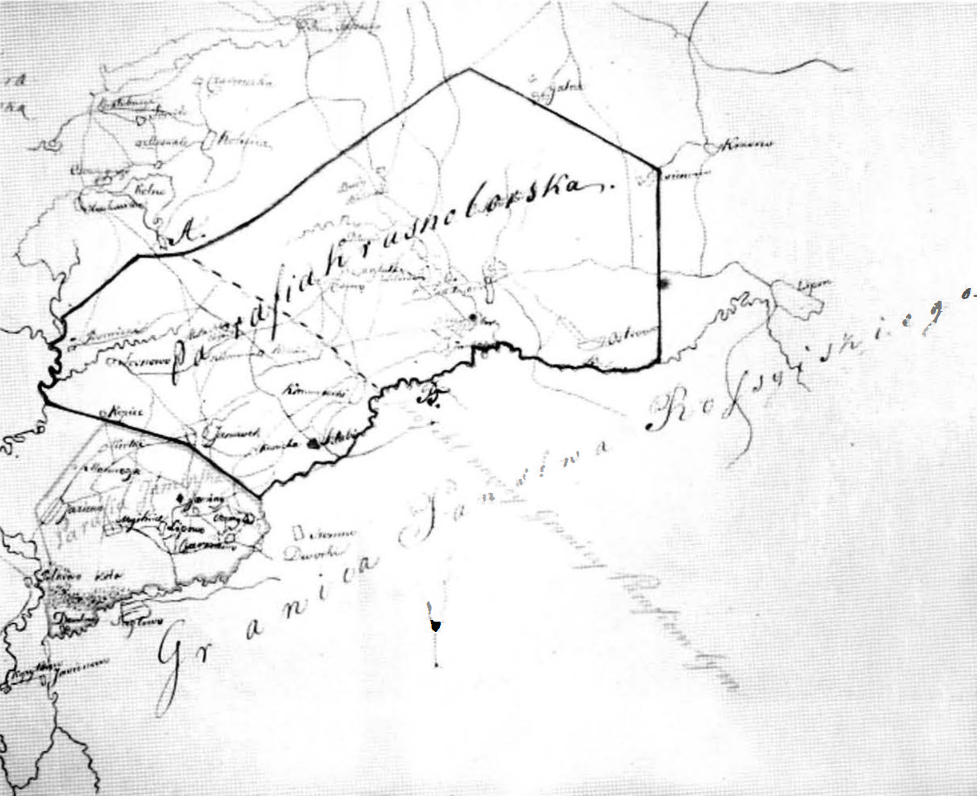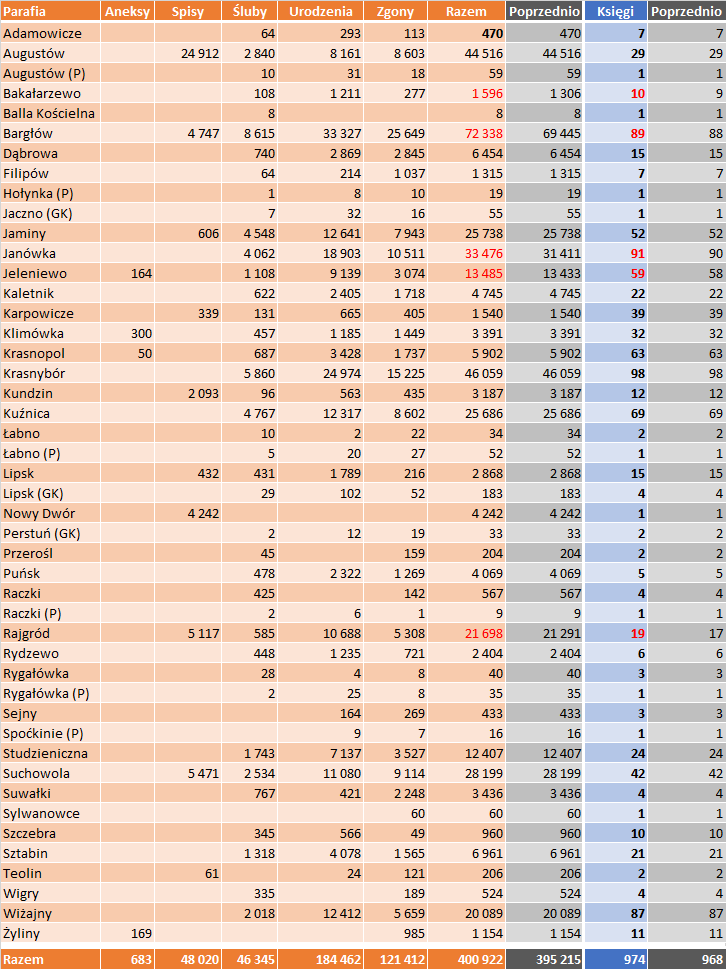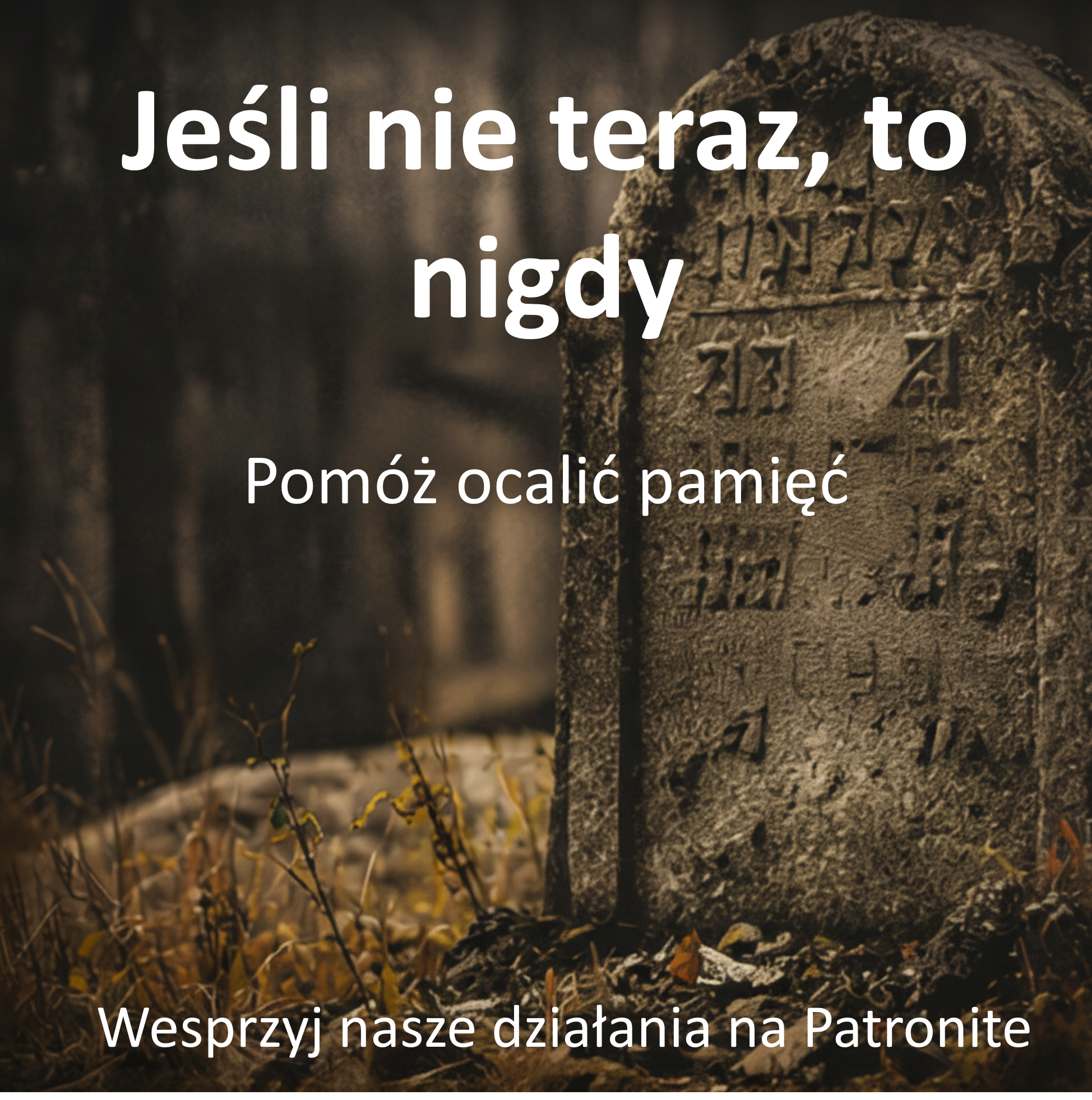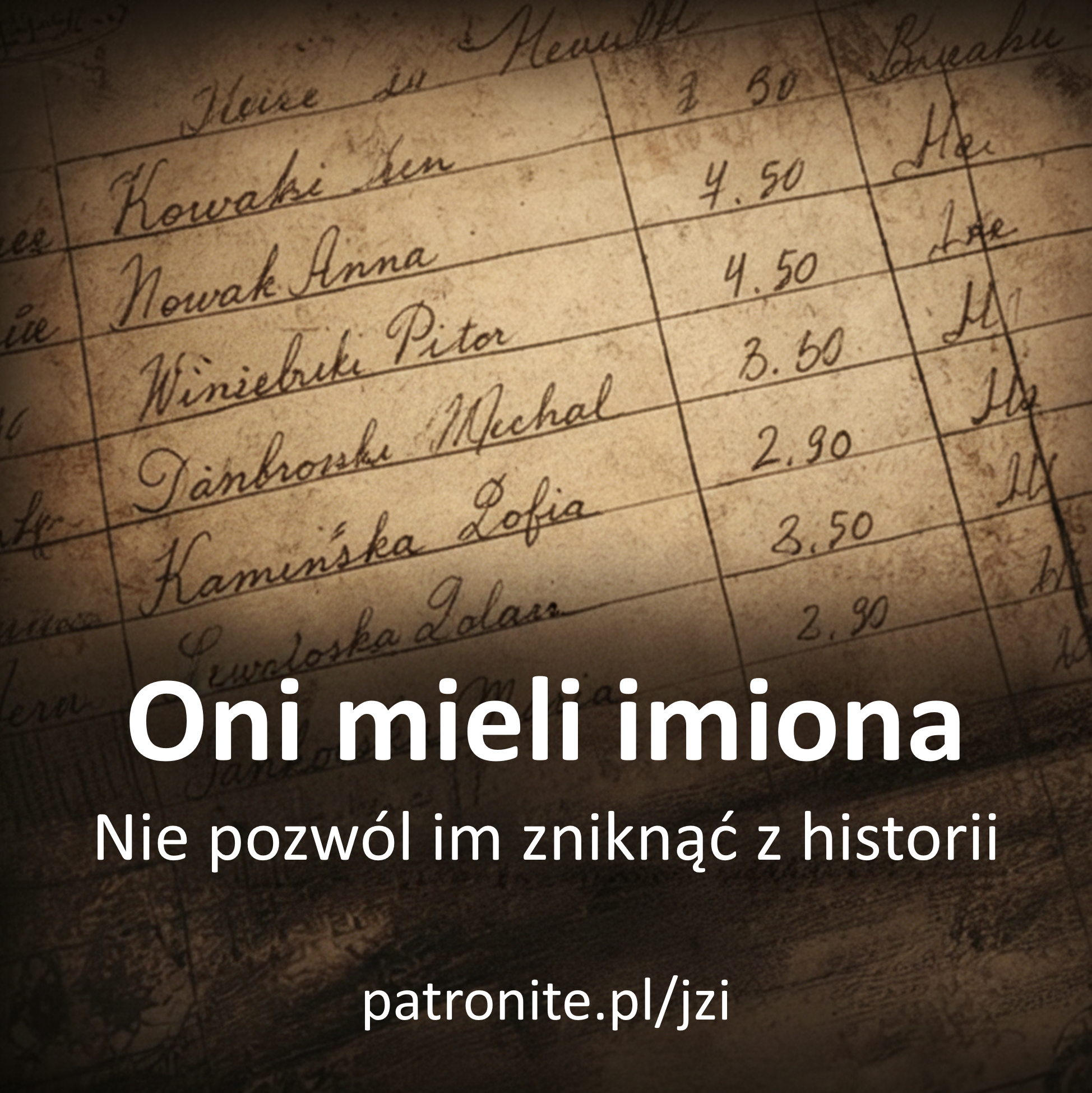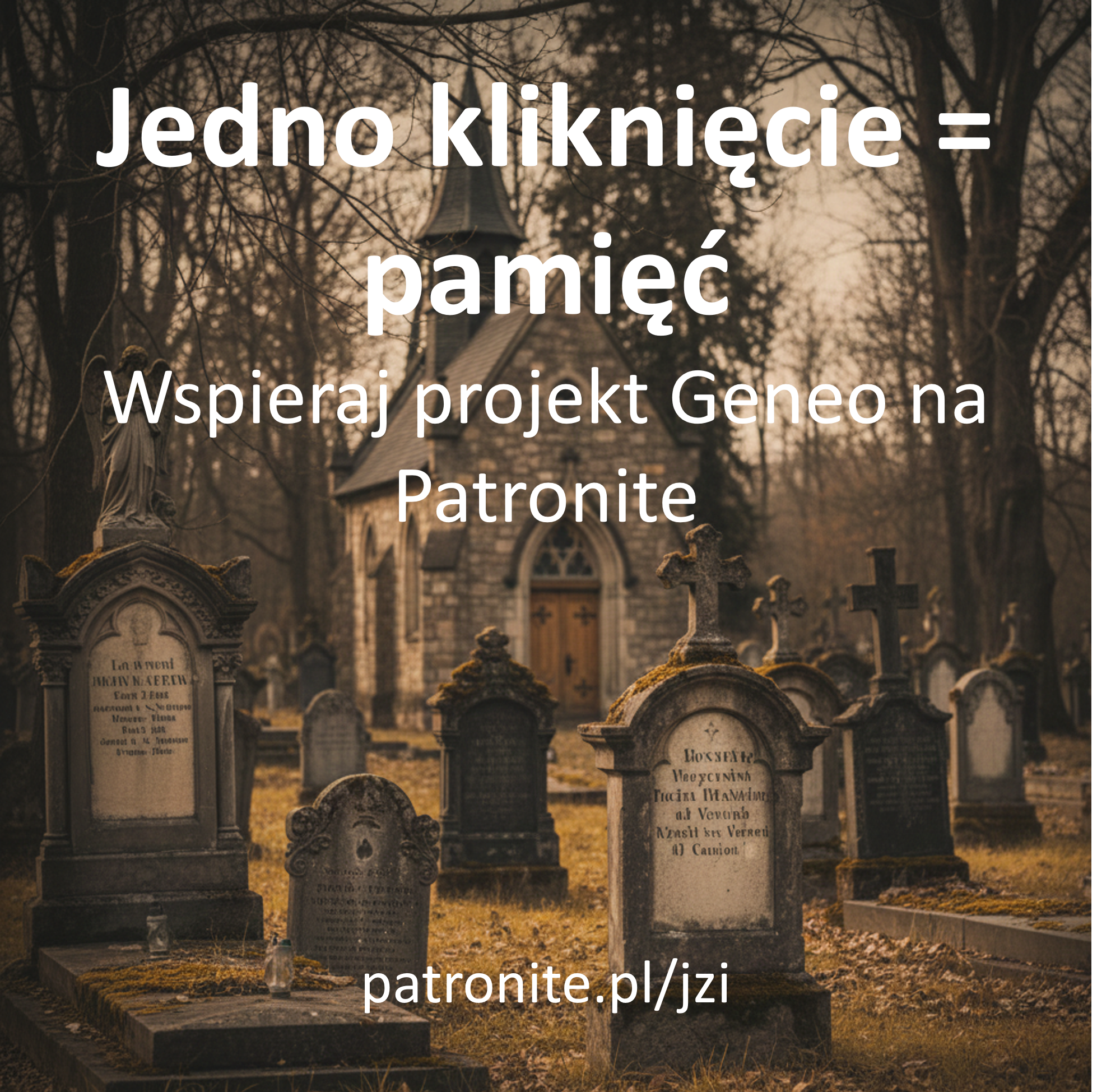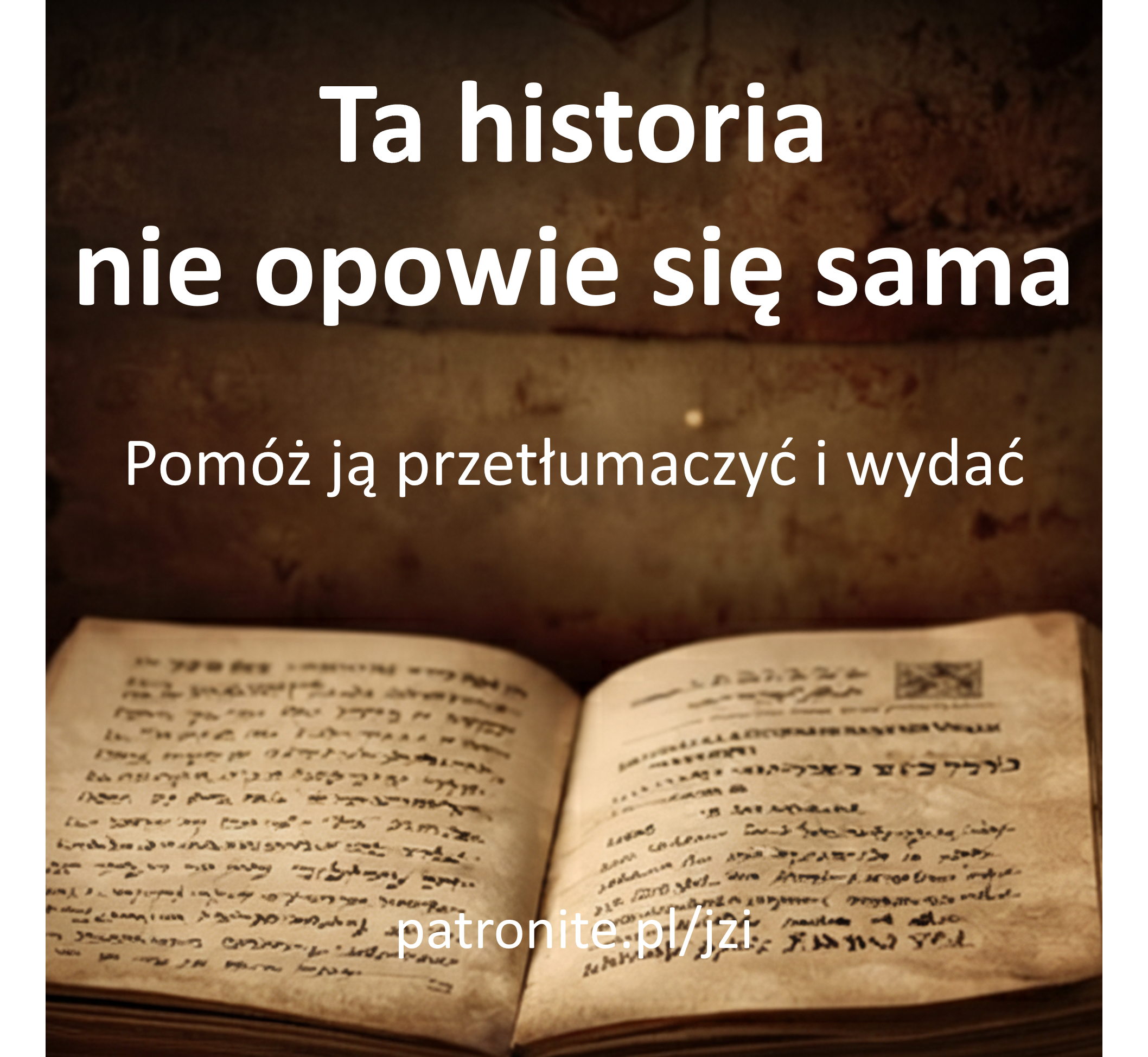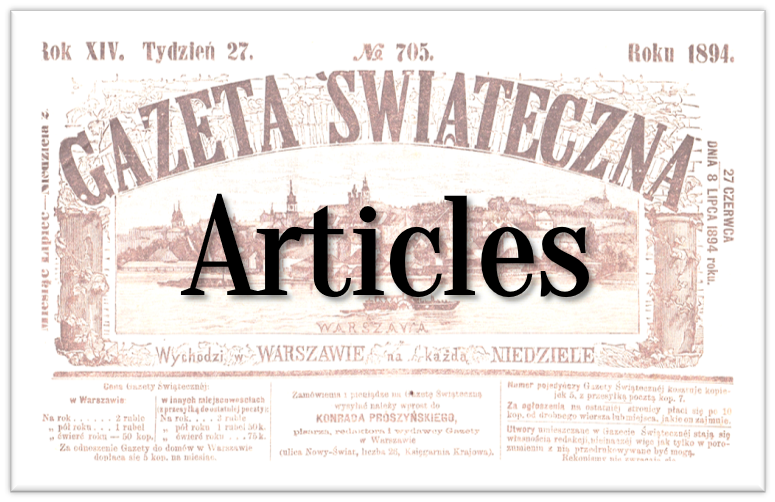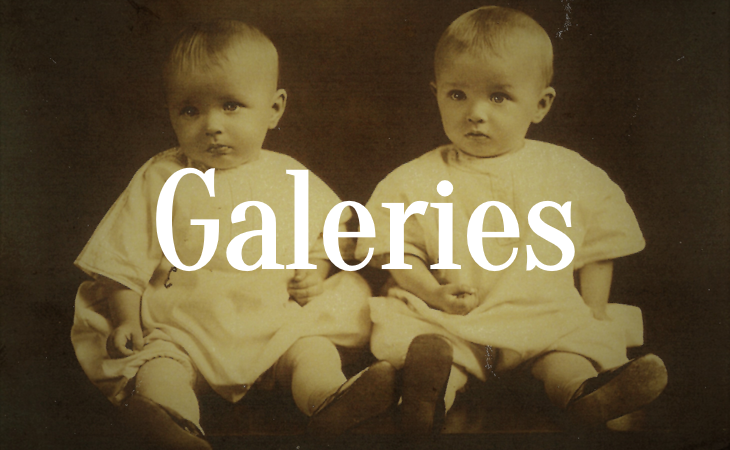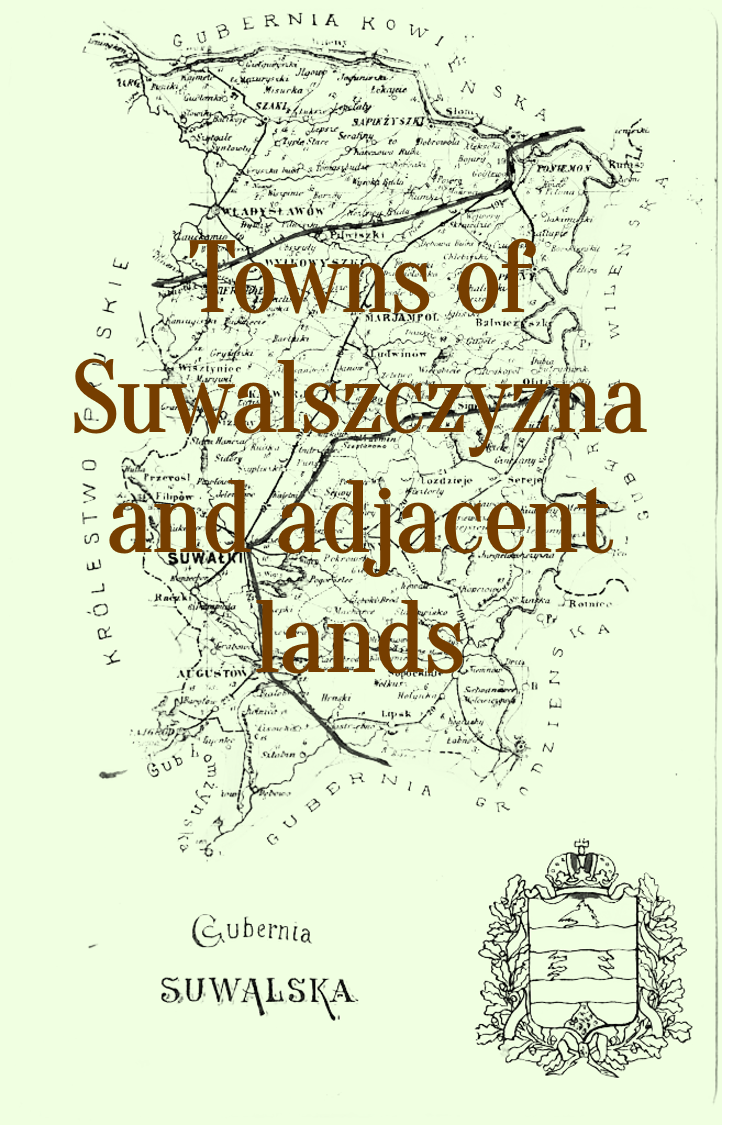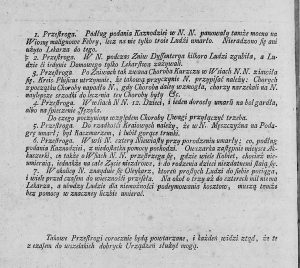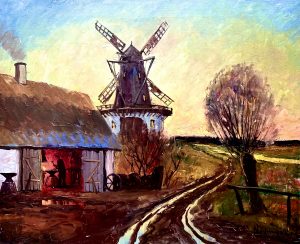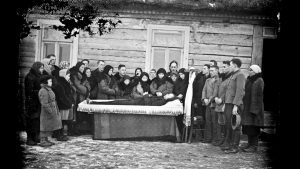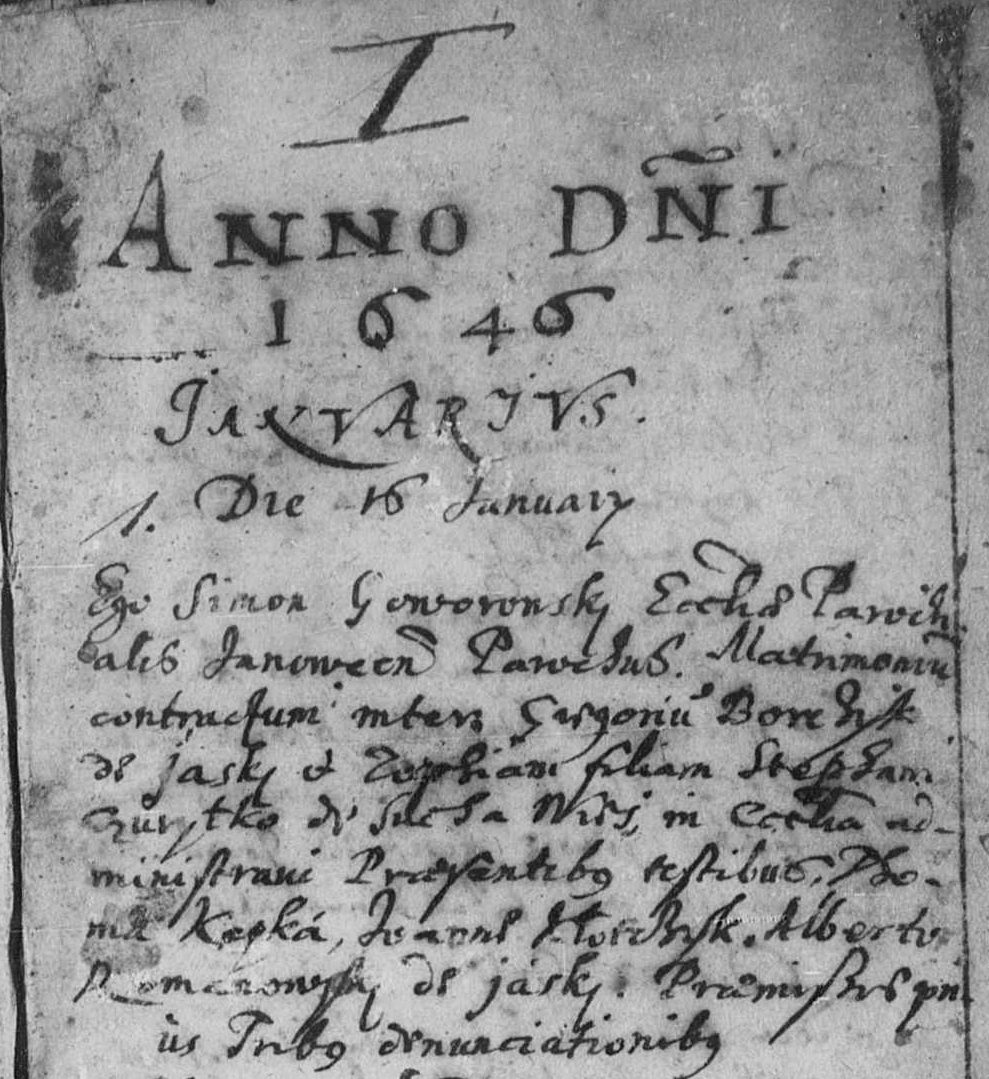
Najstarsza zachowana księga ślubów z parafii Janówka obejmuje lata 1646-1711, czyli 55 lat historii tej parafii. Oryginał księgi znajduje się w Archiwum Diecezjalnym w Łomży i jest ona dość starannie prowadzona w języku łacińskim. Stan księgi jest dobry – brak zniszczeń uniemożliwiających odczytanie metryk. Wpisy znajdują się na 255 stronach.
Na końcu znajduje się podsumowanie wykonane dopiero 7 października 1852, a więc 140 lat po zakończeniu wpisów w księdze, przez ówczesnego proboszcza parafii janowskiej ks. Wincentego Leonowicza. Podsumowanie to zawiera tabelaryczne zestawienie ilości metryk w poszczególnych latach oraz informację, że pomiędzy metrykami ślubów znajdują się także metryki chrztów, co również i my odnotowaliśmy podczas indeksacji. Dlatego wraz z indeksami z tej księgi ślubów w wyszukiwarce Geneo pojawiły się również 144 nowe metryki chrztów z lat 1669-1672 i 1702. Pod końcowym wpisem proboszcza, znajdziemy uczyniony miesiąc później wpis ks. Aleksandra Grudzińskiego, dziekana augustowskiego.
Wizytacyjne wpisy dziekana są z resztą wykonywane na bieżąco, co kilka, kilkanaście lat, pomiędzy metrykami ślubów. W 17. wieku Janówka należała do dekanatu olickiego.
Jak już wielokrotnie informowaliśmy i co widać w katalogu ksiąg na stronie parafii Janówka, brak jest ksiąg z zakresu lat 1712-1810. Nie wiadomo, czy te księgi uległy zniszczeniu, czy zaginęły, czy znajdują się w miejscu, do którego jeszcze nie dotarliśmy. Suma summarum brak jest indeksów z tego niemal 100-letniego okresu historii parafii Janówka. Dlatego jeśli ktokolwiek będzie szukał swoich przodków z tego obszaru będzie miał poważne trudności z przeskoczeniem tej ogromnej luki, do przełomu 17. i 18. wieku. Gdyby mimo to komukolwiek się to udało, to skąpe informacje zawarte w księdze ślubów nie ułatwią posuwania się wstecz w badaniach historii rodziny.
Jakie informacje znajdziemy w księdze? Ilość i precyzja informacji zależą w głównej mierze od zapisującego metryki. Osoby te zmieniały się wielokrotnie w czasie prowadzenia księgi, nawet wówczas, gdy nie zmieniał się proboszcz zwykle udzielający ślubów. W niektórych sytuacjach wpisów dokonywał sam proboszcz. Niezależnie jednak od zapisującej osoby, niemal każda metryka zawiera:
- nagłówek będący nazwą miejscowości
- datę zawarcia związku małżeńskiego
- osobę udzielającą ślubu
- imię i nazwisko młodego
- imię i nazwisko młodej
- świadkowie, zwykle dwóch
Jak widać przede wszystkim brak informacji o wieku młodych i ich rodzicach, co jest typowe dla zapisów prowadzonych po łacinie. W sposób niejasny zapisywano miejscowość. W większości przypadków nie wiadomo, czy dotyczyła miejsca zamieszkania młodej, czy młodego. Specyficzne nazwiska przypisane do konkretnych miejsc (np. nazwisko Ślepski do Młynu Mazurki) pozwalają jedynie potwierdzić, że brak było jakiejkolwiek reguły. W większości przypadków tam, gdzie nie było możliwe ujednoznacznienie, nazwę miejscowości wpisywano zarówno do rubryki „Miejscowość zamieszkania młodej” jak i „Miejscowość zamieszkania młodego” pozostawiając badaczom ostateczne rozstrzygnięcie.
Niezwykle ciekawie przedstawia się kwestia nazwisk, ponieważ wiek 17. był jeszcze okresem ich kształtowania się. Większość nazwisk pojawiała się w nieukształtowanej do końca formie, np. Bartosz, Bartosik, Bartoszewicz czy Arasim, Arasimczyk, Harasimczyk. Pojawiały się również męskoosobowe formy świadczące o międzypokoleniowych różnicach, a które całkowicie zanikły w 19. Wieku, np. Wiźniaczyk – syn Wiźniaka (młody Wiźniak), Koniecczyk syn Koniecki itp. W wielu przypadkach trudno było określić, czy mamy do czynienia z nazwiskiem, czy wykonywanym zajęciem, np. Cieśla, Kowal, Rybak. W niektórych przypadkach nazwisko pochodziło ewidentnie od wyglądu, np. Chudy (Chudzik), Malec itp. lub miejsca pochodzenia, np. Mazur, Niemiec, Rusińczyk. Całkiem sporo nazwisk przetrwało okres dżumy, która zdziesiątkowała mieszkańców Suwalszczyzny w latach 1710-1711.
Niezwykle sporadycznie określano stan cywilny młodych. W przypadku kobiet stan cywilny podano na podstawie istnienia końcówki nazwiska -ówna. W pozostałych przypadkach rozstrzygnięcie na podstawie oryginalnego zapisu nazwiska pozostawiono badaczom.
Ciekawy jest też zasięg terytorialny osób pojawiających się na janowskiej plebanii. Są więc licznie pojawiające się osoby z Augustowa i okolic (Żarnowo, Biernatki, Turówka), z Raczek i okolic (Lipówka, Kurianki), z Rajgrodu i okolic (Łabętnik, Reszki, Czarna Wieś, Pomiany) i pojedyncze osoby z bardziej odległych miejscowości i parafii: Bakałarzewo, Bargłów, Filipów, Kuków, Wigry, Grodno, Polkowo, Szczebra, Łoski i wiele innych. Bardzo wielu katolików z terenu Prus Wschodnich brało ślub w pobliskim kościele w Janówce. Wzmiankowanych jest wiele miejscowości zamieszkałych przez smolarzy, rudników czy osadzonych kolonistów, które nie przetrwały do dziś.
Wymieniając świadków, czasem podawano, a czasem nie, miejscowość ich zamieszkania.
Pierwsze zapisy w księdze prowadzone są za probostwa ks. Szymona Goworowskiego i te są chyba najbardziej precyzyjne. W kilku przypadkach podano nawet imię ojca młodej, a w przypadku wdów wskazywano imię zmarłego męża. Niestety w 1647 roku zapisywanie przejmuje ktoś inny i brakuje już wymienionych przed chwilą cennych informacji. Do 1658 roku śluby udzielane są przez proboszcza i wikarego, ks. Walentego Goworowskiego. Potem związki błogosławione są przez wikariuszy: ks. Karola Podbereskiego oraz o. Piotra Mioduszewskiego, zakonnika. Począwszy od 1658 roku komendarzem parafii zostaje o. Adam Klemens Dobrzyński, który udziela ślubów wraz z wikarym o. Bonifacym Borzechowiczem. Wreszcie w 1662 roku probostwo obejmuje ks. Andrzej Korycki, by po 7 latach sprawowania tej funkcji oddać ją ks. Hilaremu Wągrowiczowi. Ten widnieje w kilku tylko zapisach ślubów. W latach 1670-1675 nie dokonano w księdze ani jednego wpisu. Dopiero pod koniec 1669 roku proboszczem zostaje ks. Jan Franciszek Sucharzewski, który sprawuje tę funkcję aż do ostatniego wpisu w księdze. W okresie epidemii dżumy proboszcz wyjeżdża do Suwałk i jedynego ślubu w 1711 roku udziela franciszkanin o. Marcin Sperski.
Większość metryk w księdze dotyczyło ślubów chłopów, ale sporadycznie wzmiankowane są znamienite osoby. Oto kilka przykładów:
- Kazimierz Michał Pac, marszałek nadworny litewski, kawaler maltański
- Kazimierz Dawskiewicz, ekonom dowspudzki
- Michał Wołodkiewicz, podstarosta dworu w Raczkach
Oraz wielu szlachetnych o niewskazanej funkcji, mieszkańców dworów Dowspuda, Mazurki i Raczki, a także właścicieli ziemskich z okolicznych wsi.
Podsumowując księga ma ograniczone znaczenie dla genealogów, jednak jest nieocenionym dokumentem dla badaczy historii regionu. Wyjaśnia również pochodzenie wielu nazwisk występujących do dziś w regionie. Lektura indeksów z niej pochodzących może być cenną lekcją dla każdego, kto choć trochę lubi szperać w przeszłości, tym bardziej że ocalało niewiele 17-wiecznych dokumentów ściśle powiązanych z tym regionem. Zapraszamy do Geneo search engine.
